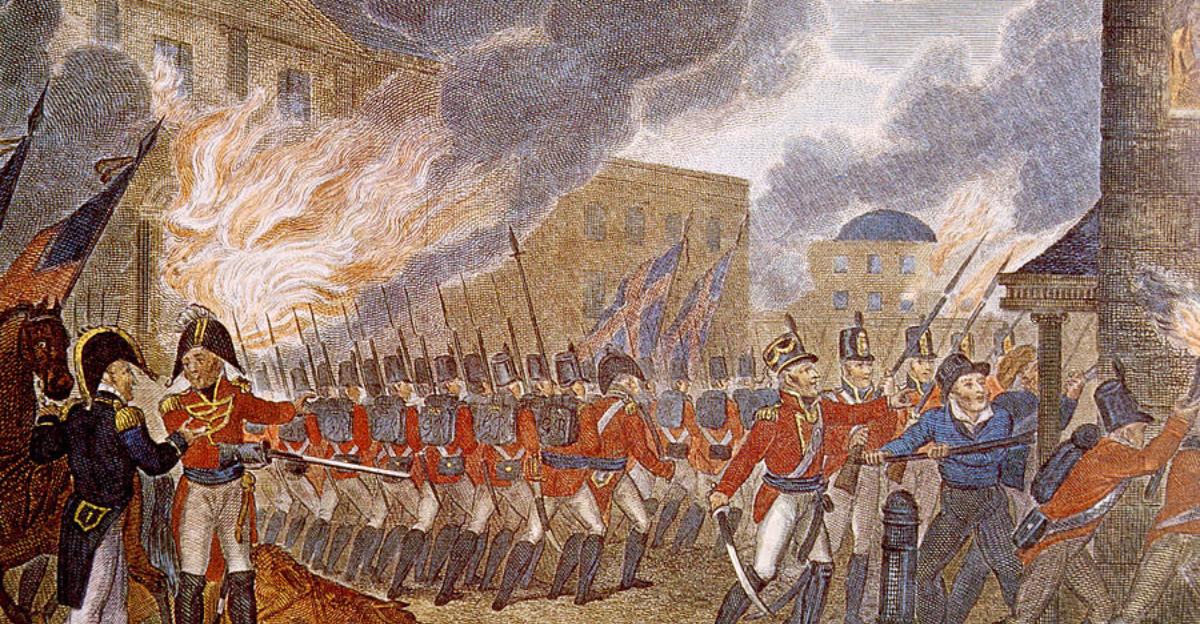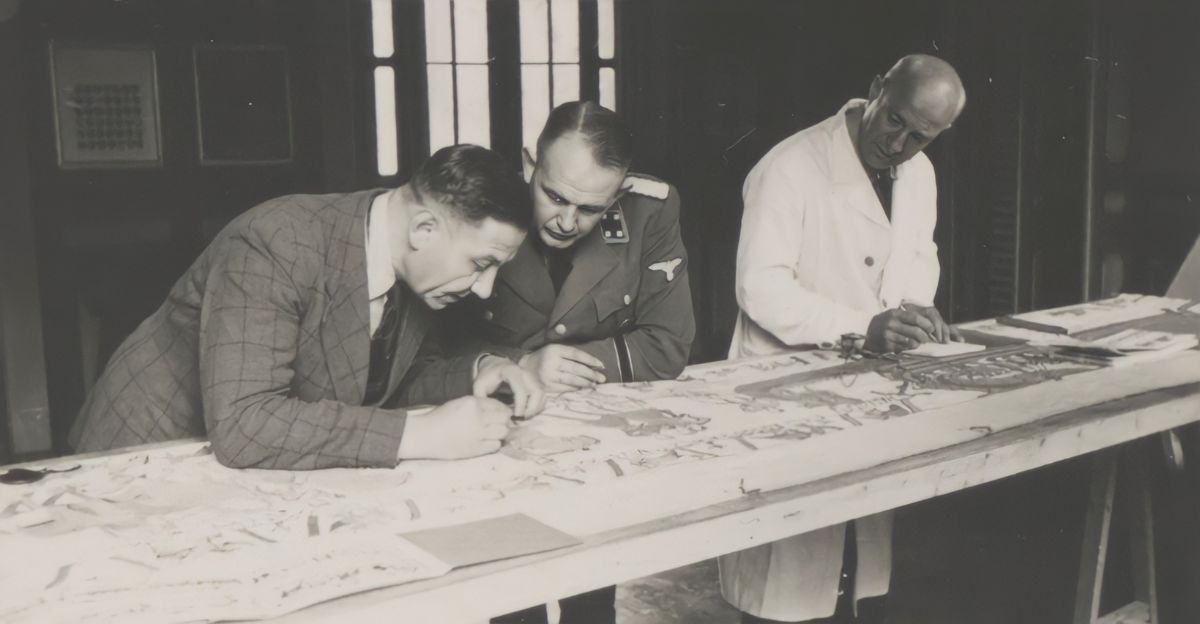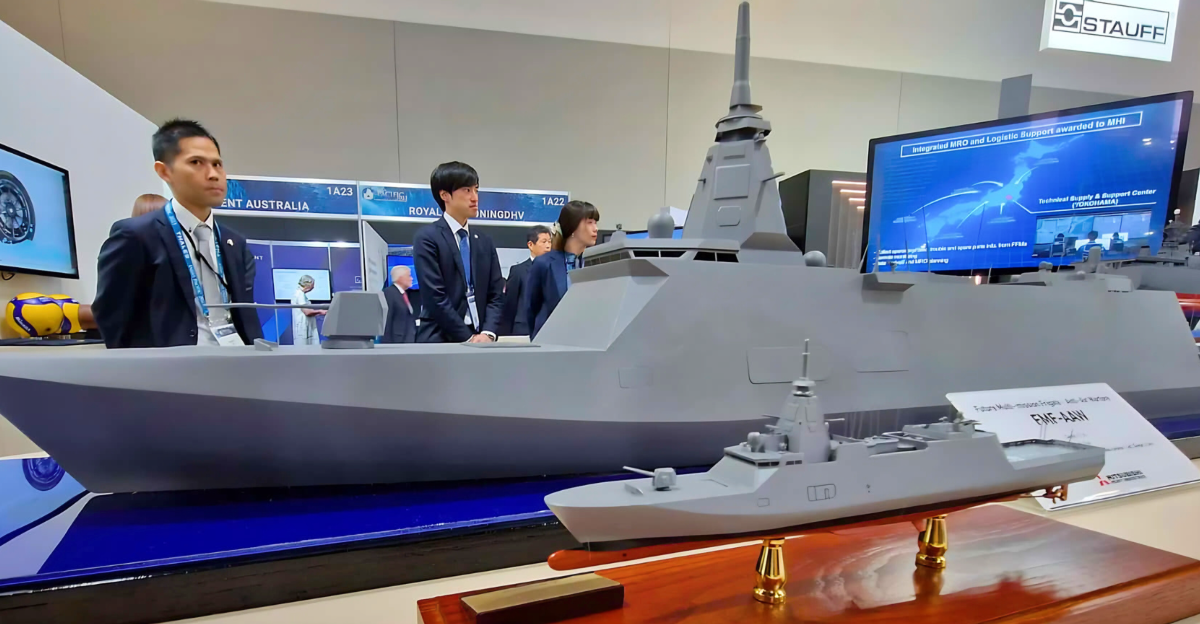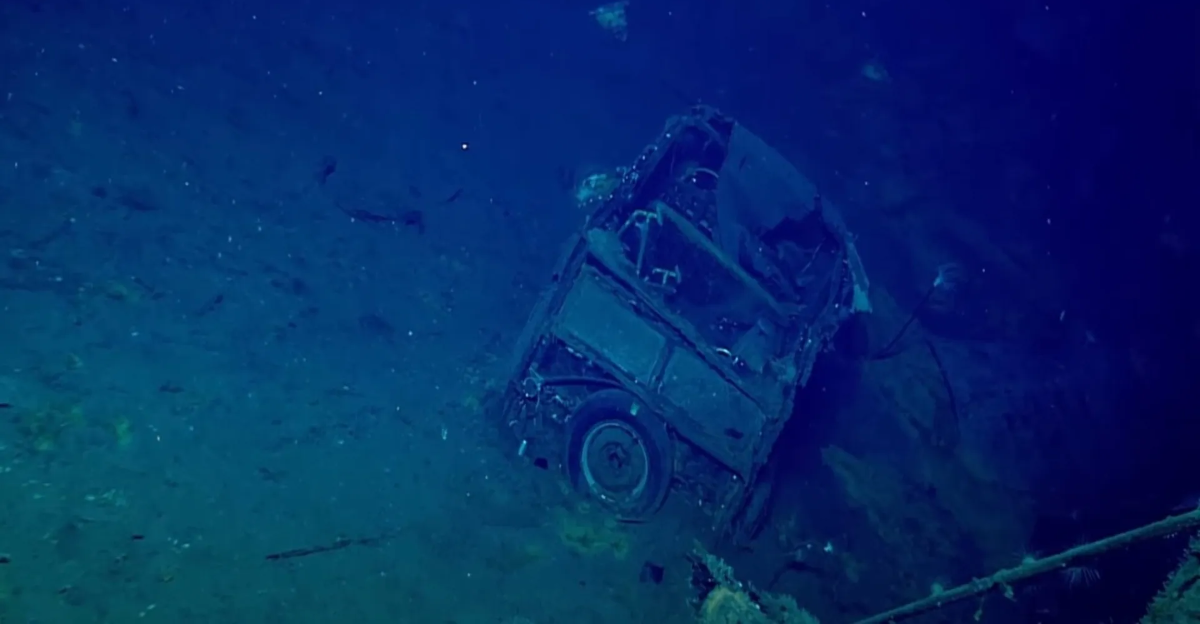
On July 16, 2025, Yemen’s National Resistance Forces captured over 750 tons of Iranian weapons heading to Houthi rebels. The shipment included cruise missiles, drone engines, radar gear, and manuals in Farsi, clear proof of Iran’s role, according to U.S. Central Command. The gear came from a company tied to Iran’s Defense Ministry, which is under U.S. sanctions. It’s the largest arms seizure in the war so far.
But despite the scale, experts say this single victory may not shift the tide. The Houthis still have firepower, and the fighting isn’t over.
Why This Shipment Really Matters
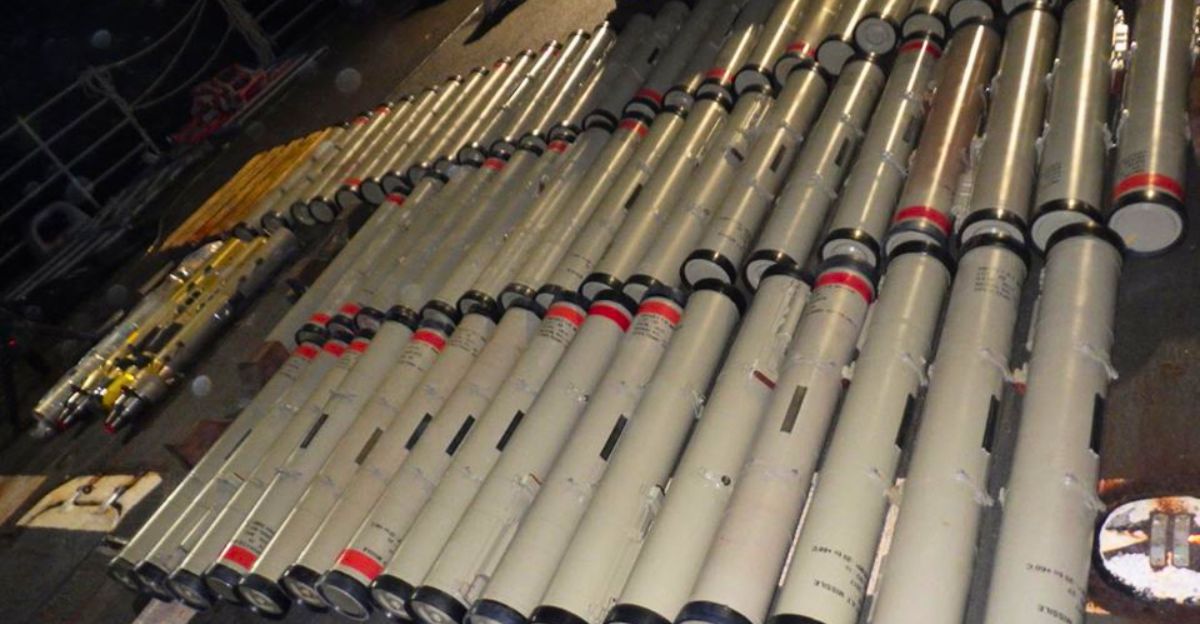
Among the seized weapons were anti-ship missiles like those used in recent Red Sea attacks that killed four sailors and sank two vessels. Iranian-made Type 358 missiles, similar to ones the Houthis say took down 26 U.S. drones, were also found. U
.S. General Michael Erik Kurilla called Iran “the most destabilizing actor in the region” and praised the bust. The weapons were hidden on a dhow, showing just how advanced Iran’s smuggling networks have become. Still, this one haul raises a bigger question: how many other shipments made it through undetected?
How We Got Here
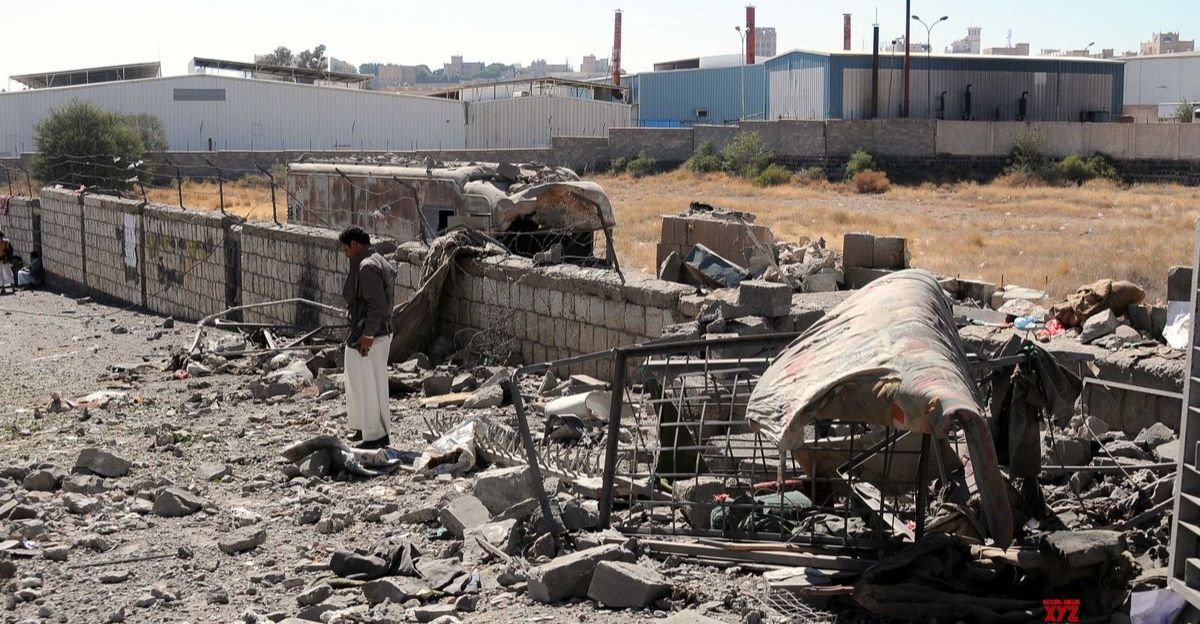
Yemen’s war started in 2014 when the Houthis seized the capital. A Saudi-led coalition intervened in 2015. Since then, over 150,000 have died in direct fighting, with millions pushed to the brink of famine. Iran denies sending weapons to the Houthis, but seizures like this one and Farsi-language manuals say otherwise.
The UN has enforced arms embargoes since 2015, expanding them in 2022. Years of bombings haven’t broken the rebels’ grip on northern Yemen. This weapons seizure comes amid a brutal stalemate that continues to devastate lives across the country.
The Houthis Weren’t Backing Down
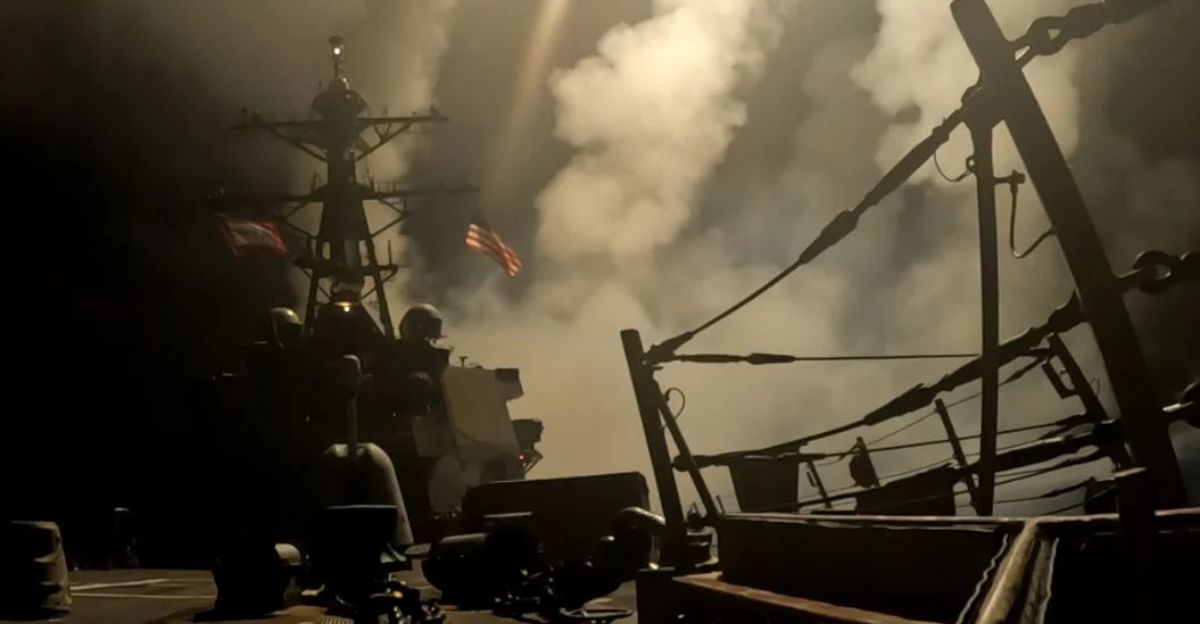
Even with U.S. airstrikes hitting over 1,000 targets this spring during Operation Rough Rider, the Houthis kept firing. A 52-day campaign from March to May killed hundreds, but experts say the rebels still regrouped fast.
According to CTC Sentinel, they “easily reconstitute, regroup, and rebound.” Their missile attacks didn’t slow much during the strikes. Iran’s smuggling network stayed active, feeding them weapons throughout the campaign. That means the July bust, while huge, is likely just one of many shipments trying to slip through. The conflict’s deeper than one win.
What Was Actually Seized
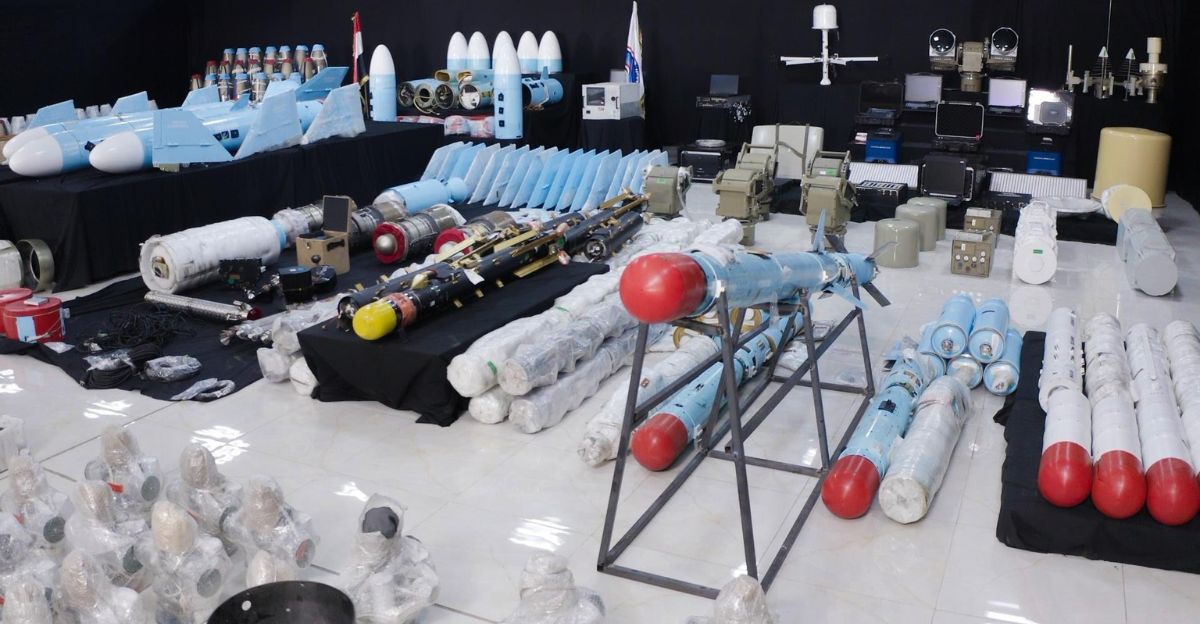
CENTCOM confirmed the July bust included hundreds of advanced missiles, drone parts, radar, and communication systems, all linked to Iran’s Defense Ministry. Manuals written in Farsi were found with the gear. Iran denied involvement, calling the claim “baseless,” but U.S. officials called it the largest such seizure in the war’s history.
This shipment alone points to the scale of Iranian involvement in Yemen’s conflict, and to how much the Houthis still depend on outside support.
Ripple Effects Across the Region
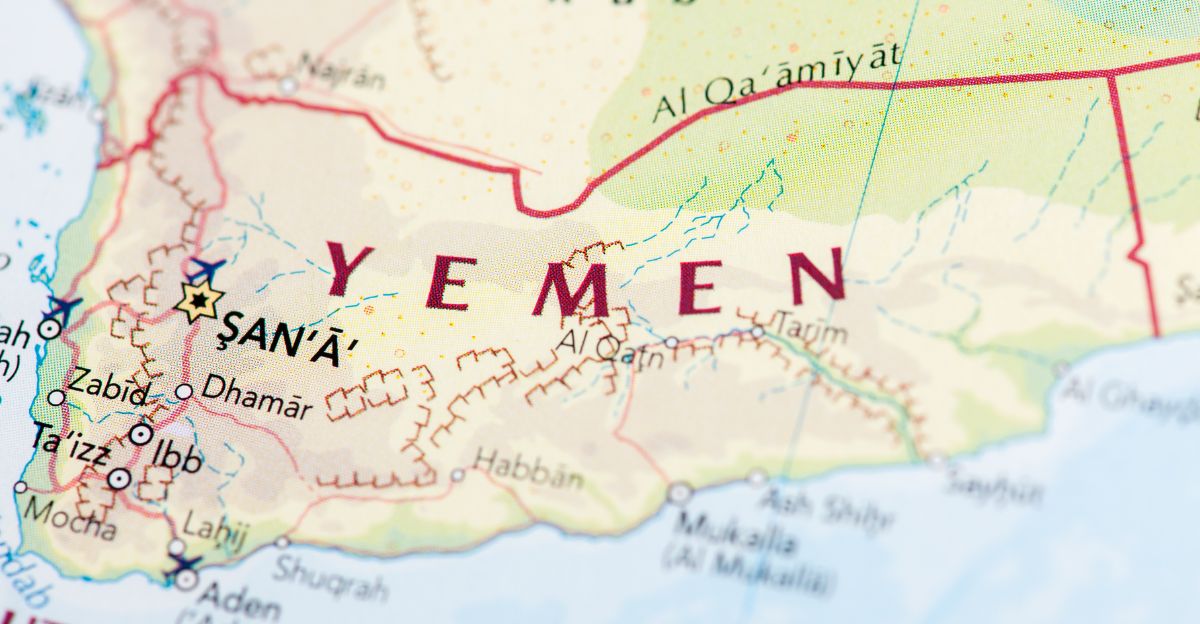
The bust didn’t just hit the Houthis. It rattled the whole region. It happened just as Iran was restarting talks with Saudi Arabia and as U.S.-Israel security meetings were underway. Yemen’s government said the seizure proves their resistance still matters. Insurance rates for Red Sea shipping stayed high as companies reevaluated risks.
The Red Sea is a major trade route, $1 trillion in goods move through it each year. Experts warned that while this seizure matters, it’s only a small slice of the total arms pipeline still fueling Yemen’s war.
Lives Still Lost at Sea
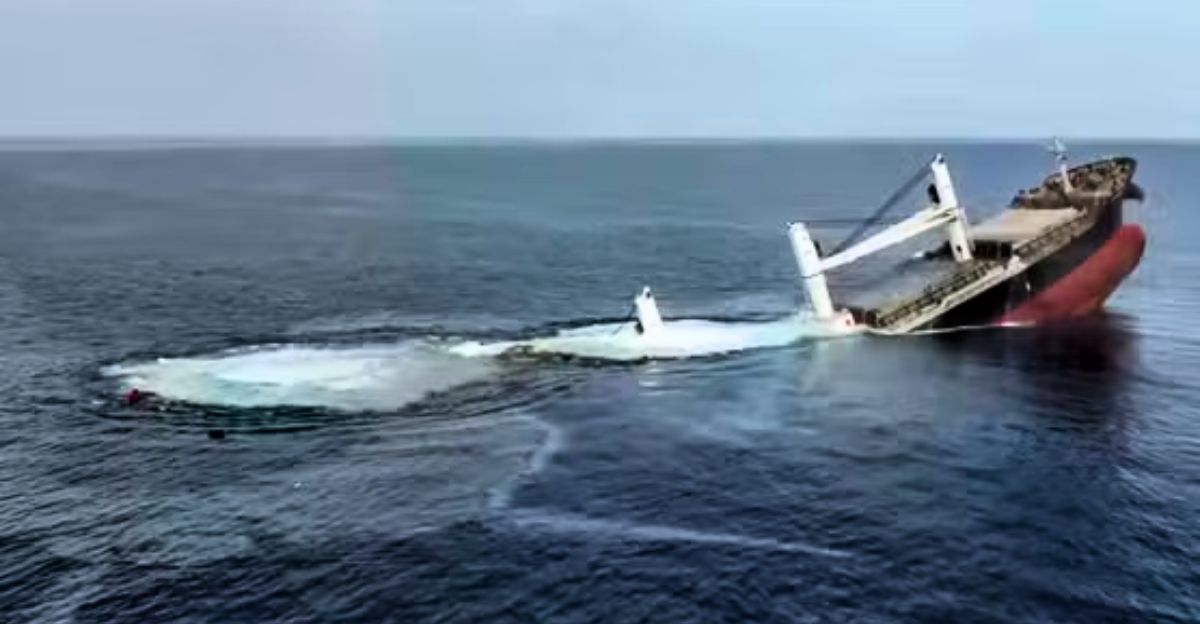
Just days before the seizure was announced, Houthis resumed Red Sea attacks. Two ships were sunk, four sailors were killed, and 15 crew members are still missing. Most were Filipino nationals, and their families are still waiting for news.
Since 2015, over 150,000 have died directly from Yemen’s war, and another 223,000 have died from hunger, disease, and lack of care. UNICEF says one child under five dies every nine minutes. This bust may hit weapons supplies, but the deeper humanitarian crisis shows no signs of slowing.
The Pause That Wasn’t
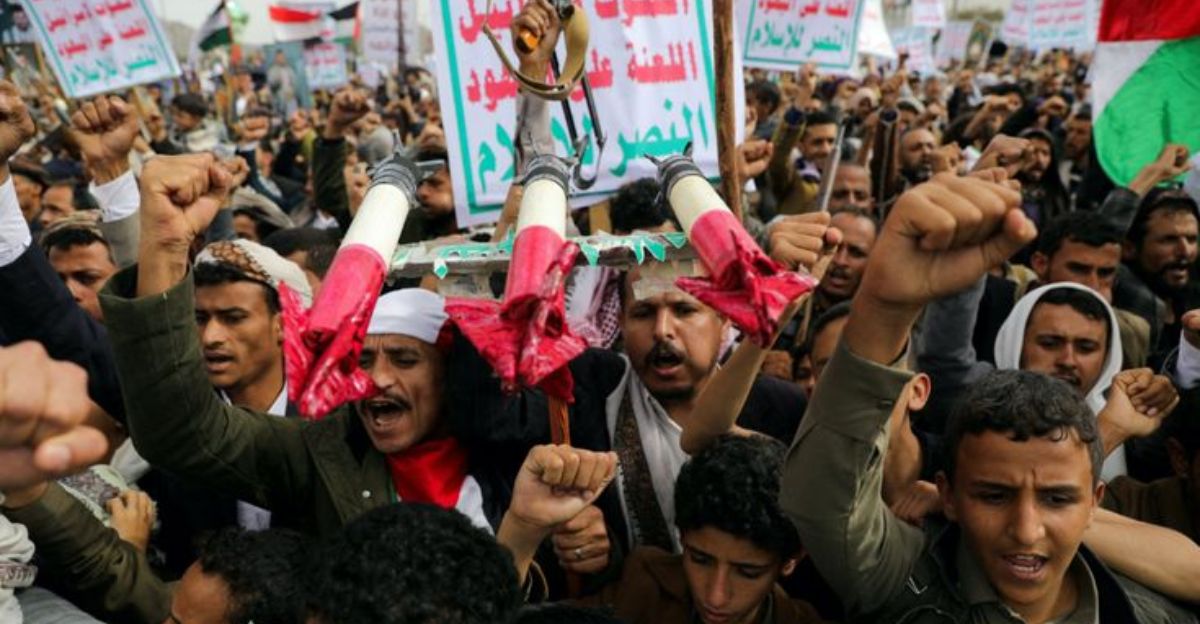
Experts say the Houthis use every break in the fighting to rearm. Nadwa Al-Dawsari, a leading analyst, called recent lulls “tactical pauses” used to regroup and reload. Smuggling didn’t stop during U.S. airstrikes, it adapted. The Pentagon’s top weapons buyer once said Houthi missiles “can do things that are just amazing.”
After the first wave of U.S.–U.K. strikes in January 2024, intelligence assessments suggested the Houthis retained roughly 70–75% of their launch capacity because many systems are road-mobile and easily dispersed.
Without a full blockade or ground push, experts say airstrikes alone won’t stop them, or Iran, from keeping the fight going.
Still Armed, Still Dangerous

Even after losing 750 tons of weapons, the Houthis struck again within weeks. They used similar weapons to those just seized.
According to JINSA, they kept a “high levels of fire” throughout earlier U.S. campaigns and scored wins against American ships. The CTC Sentinel says they can regroup fast and still hold core power.
Smuggling continues through sea routes, especially via Somalia. Despite this massive bust, Iran’s network is still moving weapons, and the Houthis are still fighting hard.
What Happens Next

This record seizure raises tough questions. Can arms busts really slow down Iran’s support for the Houthis? Or are they just short-term wins in a much longer fight? The Houthis are still launching attacks and still controlling big parts of Yemen. Iran’s influence isn’t fading, it’s expanding. Their “axis of resistance” strategy includes backing groups like the Houthis even under pressure.
As Iran’s nuclear program advances and conflicts grow, this fight is just one part of a larger picture. For now, the Houthis are surviving, and in this kind of war, survival can be a win.

